Top List of Crypto Trading Platforms for 2025
Author: Jameson Richman Expert
Published On: 2025-11-10
Prepared by Jameson Richman and our team of experts with over a decade of experience in cryptocurrency and digital asset analysis. Learn more about us.
List of crypto trading platforms—this article provides a comprehensive, up-to-date guide to the best exchanges and trading venues in 2025, comparing centralized and decentralized options, fees, security, trading tools, and use-cases. Whether you’re a beginner looking for a fiat on-ramp or an advanced trader seeking derivatives, this guide will help you evaluate choices, sign up safely, and optimize your trading workflow.
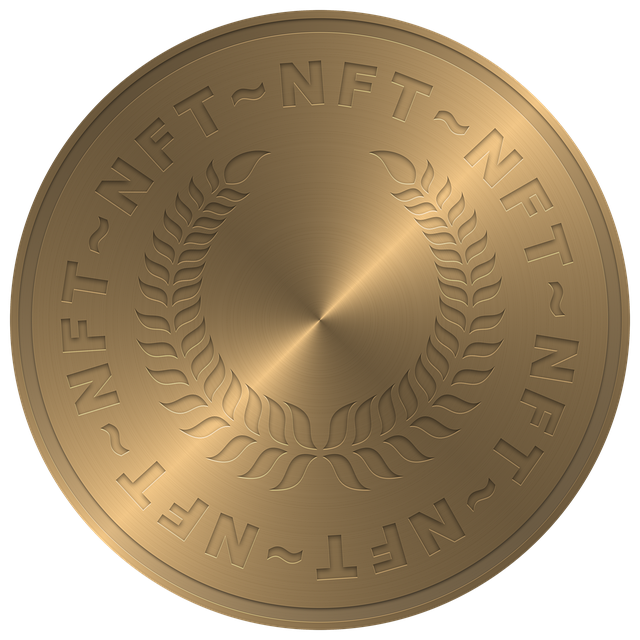
Why a curated list of crypto trading platforms matters
With thousands of projects and dozens of active exchanges, choosing where to trade crypto is a critical decision that affects costs, security, liquidity, and available instruments. A vetted list of crypto trading platforms helps investors and traders:
- Compare fees, liquidity, and supported markets
- Understand regulatory compliance and KYC requirements
- Match platforms to trading style (spot, margin, futures, staking)
- Reduce operational risk through diversification and proper custody
Below you’ll find both high-level guidance and platform-by-platform analysis, actionable steps to evaluate an exchange, security best practices, and relevant resources to go deeper into volume analysis, strategy, and long-term market outlooks.
How we selected platforms for this list
Selection criteria included:
- Liquidity and daily trading volume (primary for execution quality)
- Security history and custody options
- Range of products (spot, derivatives, margin, staking, lending)
- Fees and transparency
- User experience (web, mobile, API, charting tools)
- Regulatory compliance and geographic availability
For an in-depth way to analyze volumes and liquidity, see the Trading Volume Analysis guide (PDF) which outlines methods and metrics to evaluate exchange depth and slippage: Trading Volume Analysis PDF Guide.
Types of crypto trading platforms
Centralized Exchanges (CEX)
CEXs are operated by companies that custody user funds and offer order-book matching engines. They typically provide the highest liquidity, fiat on-ramps, and advanced order types. Examples: Binance, Coinbase, Kraken, Bitget, Bybit, MEXC.
Decentralized Exchanges (DEX)
DEXs run on smart contracts and allow peer-to-peer trades without a central intermediary. They are strong for privacy and token listings but can have lower liquidity and higher transaction friction. Examples: Uniswap, SushiSwap, PancakeSwap.
Hybrid and Niche Platforms
Some platforms offer blends of CEX and DEX features or target niche markets like derivatives-only venues or tokenized assets. Choose these if you require specific instruments or custody models.
For a primer on what a cryptocurrency exchange is and how they evolved, see the Wikipedia overview: Cryptocurrency exchange (Wikipedia).

Featured list of crypto trading platforms (detailed)
Below is a curated list of major platforms with pros, cons, and who each is best for. This list focuses on widely used platforms in 2025 and includes affiliate registration links where noted.
1. Binance — Best for liquidity and product breadth
Overview: Binance is one of the largest global exchanges by volume, offering spot, futures, options, staking, savings, and a wide token selection. It supports advanced APIs and professional trading interfaces.
- Pros: Deep liquidity, low maker/taker fees, advanced derivatives, broad coin selection, multiple fiat on-ramps
- Cons: Regulatory scrutiny in some jurisdictions, complex UI for beginners
- Who it’s for: Active spot and derivatives traders, algorithmic traders, those needing deep liquidity
Sign up: Register on Binance.
2. Coinbase — Best for beginners and regulatory compliance
Overview: Coinbase is known for a smooth onboarding experience, strong compliance posture (in the U.S. and other regulated markets), educational content, and insured custodial services.
- Pros: Strong security, simple UI, fiat deposits/withdrawals, regulated product offerings
- Cons: Higher fees on standard retail purchases, fewer altcoins compared to some CEXs
- Who it’s for: New crypto users, investors prioritizing compliance and custody
3. Bybit — Best for derivatives trading
Overview: Bybit is a derivatives-first platform offering perpetuals, futures, options, and leveraged tokens. It also has spot trading and a growing range of products.
- Pros: Competitive derivatives fees, liquidity on BTC/ETH perpetuals, advanced order types
- Cons: Not available in some regulated jurisdictions
- Who it’s for: Active futures traders and institutional-style traders
Sign up: Register on Bybit.
4. Bitget — Social and copy trading focus
Overview: Bitget provides spot, futures, and copy-trading features that allow retail traders to mirror professional strategies. It’s increasingly popular among social trading communities.
- Pros: Copy-trading, competitive fees, derivatives liquidity
- Cons: Regional limitations and KYC requirements vary
- Who it’s for: Traders interested in copy trading or social features
Sign up: Register on Bitget.
5. MEXC — Wide token selection and spot/derivatives
Overview: MEXC is known for listing many newer tokens and providing both spot and derivatives markets. It’s often used by users seeking access to emerging projects.
- Pros: Large selection of altcoins, straightforward interface, promotional incentives
- Cons: Liquidity varies by token; regulatory clarity differs by region
- Who it’s for: Altcoin traders and those seeking early access to token listings
Sign up: Register on MEXC.
6. Kraken — Security and fiat support
Overview: Kraken is a long-standing, regulated exchange with strong security measures, EUR and USD fiat rails, and margin trading. It’s favored for conservative investors who want stability.
- Pros: Strong security history, regulatory compliance, multi-fiat support
- Cons: UI can be less intuitive for absolute beginners
- Who it’s for: Investors prioritizing safety and fiat access
7. KuCoin — Low fees, broad asset support
Overview: KuCoin offers many tokens, margin, futures, and lending. It’s favored by traders who want low fees and access to niche tokens.
- Pros: Competitive fees, wide coin list, community token utilities
- Cons: Centralized custody model and past security incidents require careful assessment
- Who it’s for: Experienced altcoin traders
8. OKX (OKEx) — Advanced derivatives and institutional features
Overview: OKX provides a broad suite of derivatives, institutional APIs, options, and spot markets. It also has staking and DeFi gateway services.
9. Huobi — International footprint
Overview: Huobi is an international exchange with a large token list, margin & derivatives, and regional liquidity. Check local availability and compliance.
10. Decentralized Exchanges (DEX): Uniswap, SushiSwap, PancakeSwap
Overview: DEXs operate on-chain using automated market makers (AMMs). They’re essential for token discovery and permissionless trading.
- Uniswap: Leader on Ethereum for ERC-20 tokens. Read documentation: uniswap.org.
- SushiSwap: Cross-chain AMM with additional incentives for liquidity providers.
- PancakeSwap: Popular on BNB Chain with low transaction costs.
Comparison factors — how to choose from the list of crypto trading platforms
Use this checklist to compare platforms and match them to your needs:
- Liquidity & spreads: Check order book depth and average spreads for the pairs you trade. Higher liquidity reduces slippage.
- Fees: Compare maker/taker fees, withdrawal fees, and hidden costs like spreads or funding rates.
- Security: Look for cold storage percentages, insurance funds, and history of hacks. Prefer platforms with rigorous security audits.
- Regulation & KYC: Determine whether the platform operates legally in your jurisdiction and requires KYC. This affects withdrawal limits and fiat access.
- Product set: Spot, margin, futures, options, staking, lending, and NFTs — ensure the platform supports your intended activities.
- Trading tools: Advanced charting, order types (limit, stop, OCO), API support for bots, and backtesting features.
- Customer support & reputation: Response times, transparency, and community feedback.
- On-ramp/off-ramp: Fiat rails, supported payment methods, and currency pairs.
For volume-focused traders, reading a guide on trading volume analysis can help identify where your orders will execute best: Trading Volume Analysis (PDF).
Practical onboarding: how to choose and sign up safely
Follow these steps when choosing and registering with any platform from the list of crypto trading platforms:
- Research: Read the exchange’s terms, fee schedule, and security documentation. Check third-party reviews and regulatory status.
- Create an account: Use a unique, strong password and enable 2FA (Authenticator app preferred) rather than SMS where possible.
- Complete KYC if needed: Prepare government-issued ID and proof of address, understanding the privacy and regulatory implications.
- Test with small deposits: Before funding large positions, deposit a small amount and test withdrawal timings and fees.
- Secure funds: Keep long-term holdings in cold storage (hardware wallets). Only keep trading capital on exchanges.
- Use API keys safely: If attaching trading bots, give restrictive permissions and never enable withdrawals on an API key unless absolutely necessary.
If you want to try a platform focused on derivatives and advanced strategies, you can register on Bybit: Bybit registration. For social trading or copy trading, consider Bitget: Bitget registration. For extensive token selection, MEXC registration is available here: MEXC registration, and for broad liquidity and product sets, Binance is a common choice: Binance registration.
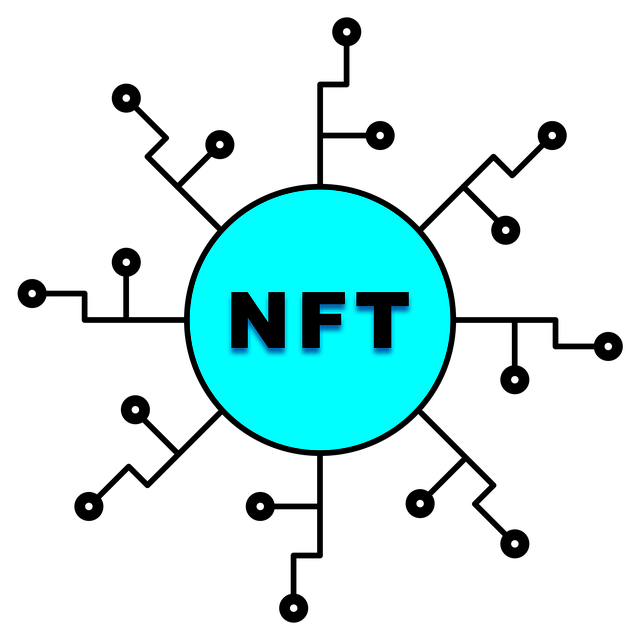
Trading tools & strategies — what advanced traders look for
Advanced traders need more than access to markets. Key features include:
- Advanced order types: Trailing stops, TWAP/VWAP orders, and OCO (one cancels other).
- APIs & algos: Reliable REST and WebSocket APIs with rate limits suitable for algorithmic strategies.
- Backtesting capabilities: Integrated or third-party platforms allowing historical strategy testing.
- Derivatives & leverage: Futures, options, and margin facilities with clear funding rate mechanics.
- Trade execution analytics: Slippage reporting and order routing transparency.
If you trade Bitcoin using MetaTrader 4 or prefer certain EA strategies, read a practical guide to trading BTC on MT4 for step-by-step setup and strategies: How to Trade Bitcoin on MetaTrader 4 (Guide).
Security best practices across the platforms in the list
Security is paramount. Even the best exchanges can be breached, so adopt a layered approach:
- Use hardware wallets: For long-term holdings, store assets in a hardware wallet (Ledger, Trezor).
- Enable 2FA: Use authenticator apps (Google Authenticator, Authy) — not SMS — and backup seed phrases securely.
- Minimal exchange exposure: Only keep trading capital on exchanges. Withdraw profits to cold storage.
- Use whitelisting: Restrict withdrawal addresses and IP address restrictions where supported.
- Monitor accounts: Set email & API alerts for logins, withdrawals, and large trades.
- Beware of phishing: Always check domain names and use bookmarks for exchange login pages.
For institutional users, consider insurance offerings, multi-sig custody, and custodial partners who provide Proof-of-Reserve attestation. Many exchanges publish audit or reserve reports—verify them independently.
Regulation, taxes, and compliance
Regulatory regimes vary by country. Before using any exchange from the list of crypto trading platforms:
- Verify whether the platform is licensed or registered where you live (e.g., FCA in the UK, SEC/FinCEN-related guidance in the U.S.).
- Understand KYC and AML obligations. Some platforms restrict services for certain jurisdictions.
- Keep accurate trade logs for tax reporting. Many exchanges offer downloadable transaction histories.
For regulatory context and definitions, see an overview of crypto regulation resources like Investopedia: Cryptocurrency exchange (Investopedia).
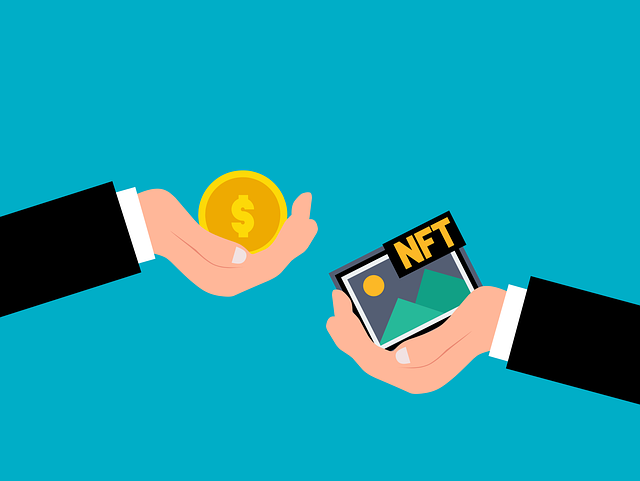
Costs: fees, hidden costs, and funding rates
Fees impact long-term profitability. Consider:
- Trading fees: Maker/taker schedules, volume discounts, and VIP levels.
- Deposit/withdrawal fees: Fiat funding costs, fiat withdrawal fees, and network gas fees for on-chain transactions.
- Spread costs: The actual cost includes spread and slippage, not just the nominal fee.
- Funding rates: For perpetual futures, ongoing funding can be costly for certain positions.
Use fee calculators or simulate trades to understand the effective cost. Platforms often publish fee tables, but test with small trades to validate real-world execution costs.
Examples: How traders use different platforms from the list
Three common trader profiles and platform matches:
- Long-term investor (HODL): Uses a regulated CEX for fiat on-ramp, transfers long-term holdings to hardware wallet. Platform match: Coinbase/Kraken + cold storage.
- Spot altcoin trader: Needs wide listings and low fees—trades on KuCoin or MEXC for token discovery and moves funds to the platform for active positions.
- Derivatives trader: Employs Binance, Bybit, or Bitget for BTC/ETH perpetuals, uses advanced order types and API-based algos. Manages leverage and funding rate exposure closely.
Remember: always adapt position size and leverage to account for volatility and liquidity differences across the selected venue.
Deciding between centralized and decentralized platforms
Key trade-offs:
- CEX advantages: Higher liquidity, fiat support, faster execution, customer service, and advanced derivatives.
- CEX disadvantages: Custodial risk, regulatory constraints, and potentially higher privacy exposure.
- DEX advantages: Non-custodial, permissionless listings, composability with DeFi protocols.
- DEX disadvantages: Slippage risk on low-liquidity pairs, higher on-chain transaction costs (gas), and front-running risks without MEV mitigation.
For traders who require a combination, many use both: CEX for execution and fiat on/off ramps, DEX for token discovery and non-custodial interactions.
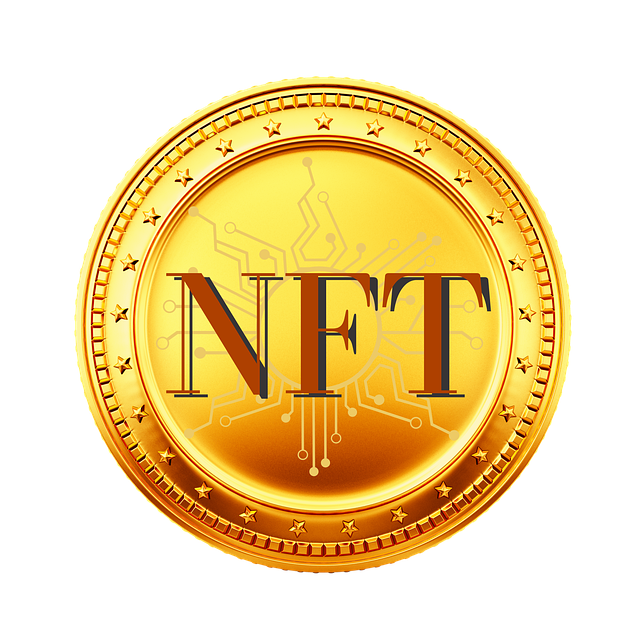
Advanced resources and further reading
Deepen your analysis with the following resources:
- Trading volume metrics and analysis: Trading Volume Analysis (PDF)
- Bitcoin trading strategies on MT4: How to Trade Bitcoin on MetaTrader 4
- Long-term market forecasting discussion for Ethereum: Ethereum 2025–2035 Forecast Guide
- Cryptocurrency exchange general overview: Wikipedia — Cryptocurrency exchange
- Educational market and regulatory articles: Investopedia — Cryptocurrency exchanges
Common mistakes to avoid when using exchanges
- Leaving large sums on exchanges unnecessarily. Always use cold storage for savings.
- Using excessive leverage without understanding margin calls and funding rates.
- Ignoring withdrawal and network fees—these can erode small profits.
- Using the same password across accounts or failing to enable 2FA.
- Trading on unproven platforms with poor liquidity just because of aggressive airdrops or incentives.
Final recommendations: building your personal exchange stack
Construct a “stack” of platforms to meet different needs:
- Primary exchange for execution: High-liquidity CEX (e.g., Binance) for major pairs and derivatives.
- Secondary exchange for altcoins: MEXC or KuCoin for token discovery and listings.
- Non-custodial access: MetaMask + Uniswap/Sushi for DeFi interactions and token swaps.
- Cold storage: Hardware wallet (Ledger/Trezor) for long-term holdings.
Registering and testing multiple platforms can help you find the best fit. For convenience, here are quick links to sign up on some of the major platforms mentioned in this article:
- Binance: Register on Binance
- MEXC: Register on MEXC
- Bitget: Register on Bitget
- Bybit: Register on Bybit
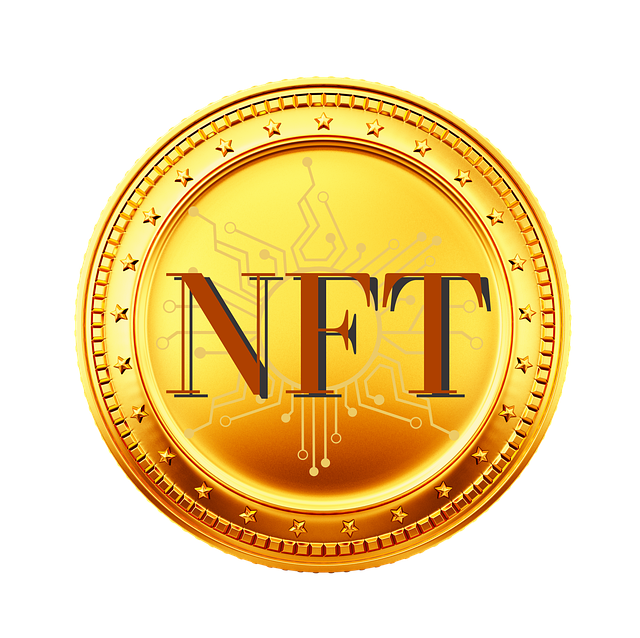
Closing thoughts
Choosing from a list of crypto trading platforms is a mix of objective metrics (liquidity, fees, security) and personal fit (UI preference, product needs, geographic availability). Use the platform comparisons above to match features to your trading style, and always apply robust security and risk-management practices. For deeper technical strategy and trading-volume insights, consult the linked guides in this article.
Disclaimer: This article is informational and does not constitute financial advice. Crypto trading carries significant risks, including loss of capital. Always perform your own research and consider seeking professional financial advice.